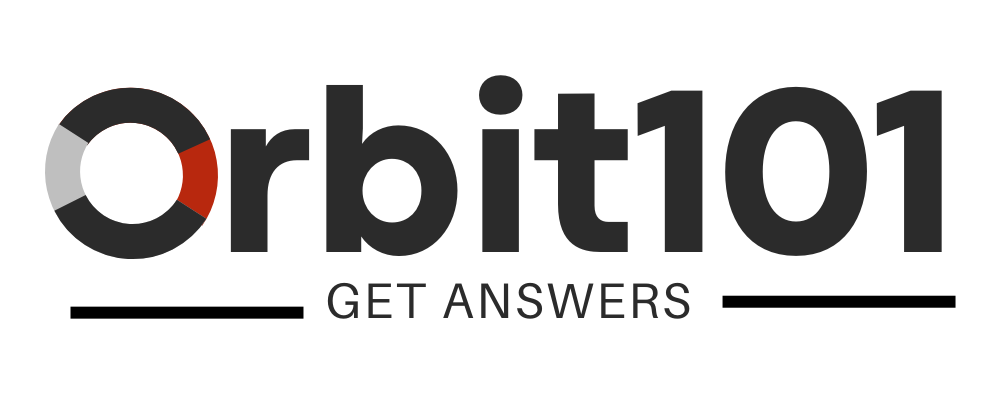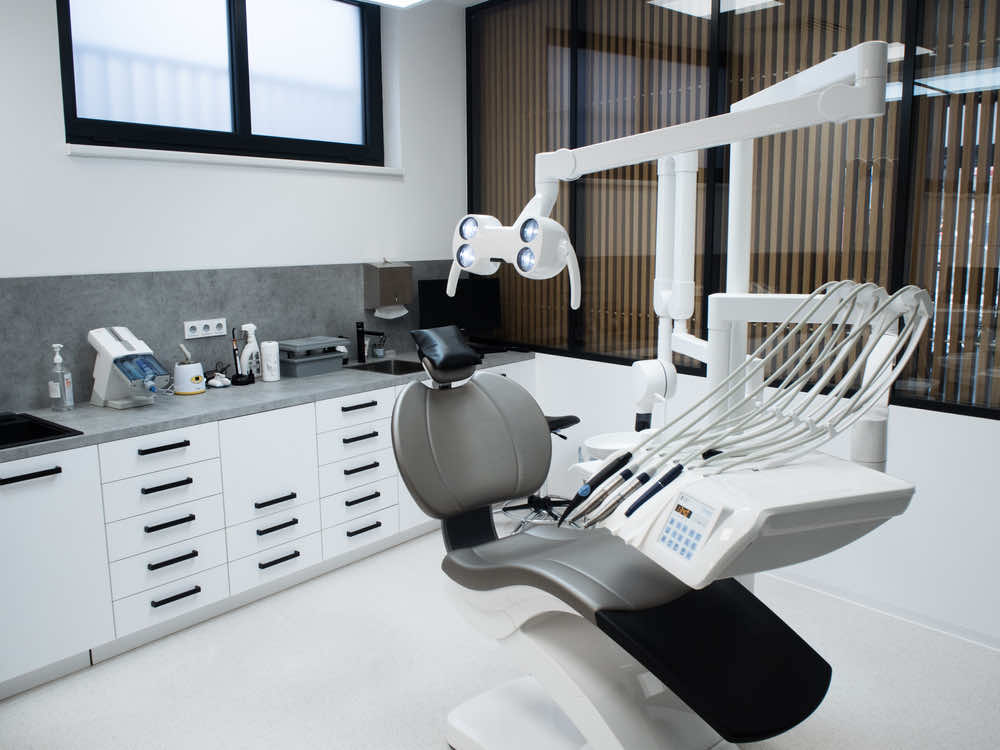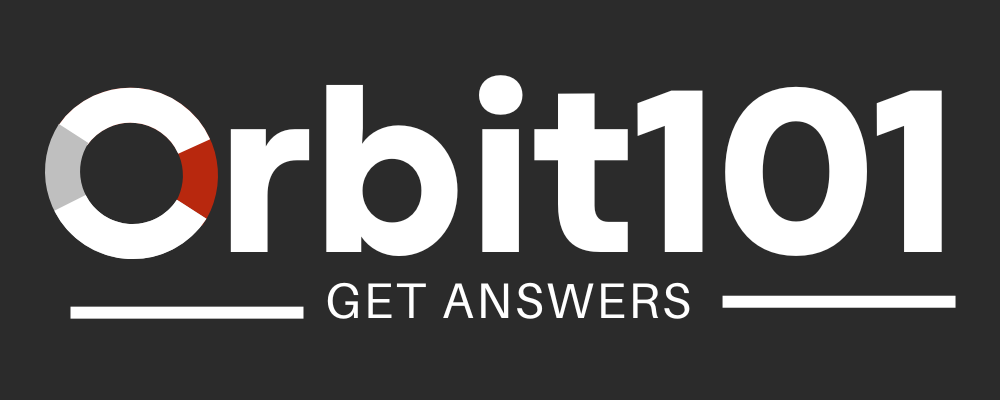Having been in the dental industry for over two decades, I’ve seen my fair share of ups and downs. From the joy of seeing a patient’s smile transform to the challenges of managing a dental practice, it’s been quite a journey. One of the most challenging aspects I’ve faced is making the tough decision to let someone go. Today, I’ll be sharing my insights on how to fire a dental assistant with grace, empathy, and professionalism.
1. The Prelude: Recognizing the Signs
Before diving into the nitty-gritty, it’s essential to understand when it’s time to part ways. Here are some signs that it might be time:
- Consistent tardiness: Like the old saying goes, “Once is a mistake, twice is a choice.” If your dental assistant is regularly late, it affects the entire team’s morale.
- Mistakes in procedures: Everyone makes mistakes. But when they become a pattern, it’s a red flag.
- Negative attitude: A dental clinic thrives on positivity. A persistently negative attitude can affect patient experience.
Real-life example: I once had an assistant, Sarah, who started off brilliantly. However, over time, her enthusiasm waned, and she began making errors in patient records. It was a tough call, but I had to prioritize the clinic’s reputation.
2. The Approach: Handling the Conversation
This is the part most of us dread. But with the right approach, it can be a constructive conversation.
- Choose the right setting: Opt for a private space, away from prying eyes. This ensures dignity and respect.
- Be direct but compassionate: Start with something positive, then address the issue at hand. For instance, “I appreciate your efforts, but there have been consistent issues that we need to address.”
- Listen actively: Allow them to share their side of the story. Sometimes, there might be underlying issues you weren’t aware of.
Quote to remember: “People will forget what you said, people will forget what you did, but people will never forget how you made them feel.” – Maya Angelou
3. The Aftermath: Ensuring a Smooth Transition
Once the decision is made, it’s crucial to ensure a seamless transition for both the departing assistant and the remaining team.
Pros of a smooth transition:
- Maintains team morale.
- Ensures uninterrupted patient care.
- Upholds the clinic’s reputation.
Cons of a hasty transition:
- Can lead to resentment among the team.
- Might result in operational hiccups.
- Can affect patient trust.
Analogy: Think of it like a relay race. If one runner drops the baton, it affects the entire team’s performance. Similarly, a smooth transition ensures that the “baton” of responsibilities is passed on efficiently.
4. Lessons Learned: Reflecting and Moving Forward
Every experience, good or bad, offers a lesson. Here’s how to make the most of it:
- Conduct a team meeting: Discuss the departure with your team. Address any concerns and reassure them.
- Review your hiring process: Reflect on whether there were any red flags you missed during the hiring process. This can help in future recruitments.
- Seek feedback: Sometimes, an outsider’s perspective can offer valuable insights. Consider seeking feedback from trusted colleagues or industry peers.
Table: Reflecting on the Experience
| Aspect | What Went Well | Areas of Improvement |
|---|---|---|
| Communication | Direct approach | Could have been more empathetic |
| Setting | Private room | Timing could have been better |
| Post-firing transition | Seamless handover | Needed better documentation |
In conclusion, letting go of a dental assistant, or any team member for that matter, is never easy. But with the right approach, it can be done with dignity and respect. Remember, it’s not just about the act of firing; it’s about the journey of growth, learning, and moving forward. As someone who’s been there, I can assure you that with time, reflection, and a commitment to improvement, these tough decisions can lead to a stronger, more cohesive team.


